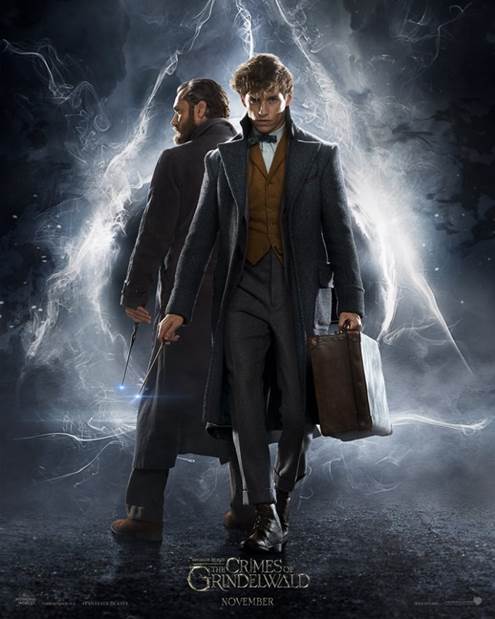‘The Crimes of Grindelwald’: An Injustice to a Beloved Franchise
Although Harry Potter’s story came to an end back in 2011 when the final “Deathly Hallows” film hit theatres, the 2016 spin-off “Fantastic Beasts and Where to Find Them” was a delightful return to the Wizarding World. However, rather than emulating the elements that made “Fantastic Beasts” so fantastic, follow-up “Fantastic Beasts: The Crimes of Grindelwald” falters in the footsteps of its predecessor.
“The Crimes of Grindelwald” mainly focuses on its titular villain, evil wizard Gellert Grindelwald (Johnny Depp), as he assembles a radical revolution declaring wizards supreme over the non-magical world, but a variety of strange and confusing subplots distract from the central storyline.
One such arc is the search for the biological family of Credence Barebone (Ezra Miller), who harbors dangerous powers due to suppressing his magic as a child, as Grindelwald attempts to recruit the boy for his cause. Newt Scamander (Eddie Redmayne) and his creatures also return to help Albus Dumbledore (Jude Law) track Credence down, only to find himself caught in the middle of a divided wizarding world.
If you’re confused by all of this information, you’re not alone, and this is coming from someone who owns the entire original “Harry Potter” series in a box set.
Attempting to connect “The Crimes of Grindelwald” to the original Harry Potter series only causes more confusion. Though only mentioned for a moment, the presence of Minerva McGonagall teaching at Hogwarts in 1927 contradicts her previously confirmed birth year of 1935. Unless J.K. Rowling can explain how McGonagall is already a professor at the bright young age of negative eight, the mere mention of her name creates a major continuity error inside the Wizarding World’s timeline.
Additionally, the revelation of Nagini (Claudia Kim), Voldemort’s terrifying pet snake in the “Harry Potter” series, as a cursed human woman is never explained. Perhaps the problematic tale of how she eventually becomes trapped in the body of a snake — and Voldemort’s literal property — will be explored in future films, but this installment declined any opportunity to further develop her character or grant her more than a few minutes of screen time. Though intended as callbacks to the beloved original series, these forced connections only function to beat a long-dead horse.
“The Crimes of Grindelwald” earns a C for its confusing, uneven narrative, which leaves behind an abundance of unanswered questions. A failed attempt to continue a long-concluded tale, fans of the wizarding world should do their waiting to see this film — 12 years of it, in Azkaban.

Senior Audrey Vieira likes publishing stories, attending concerts, and learning new songs on her clarinet and bass guitar. She plans to study journalism...




